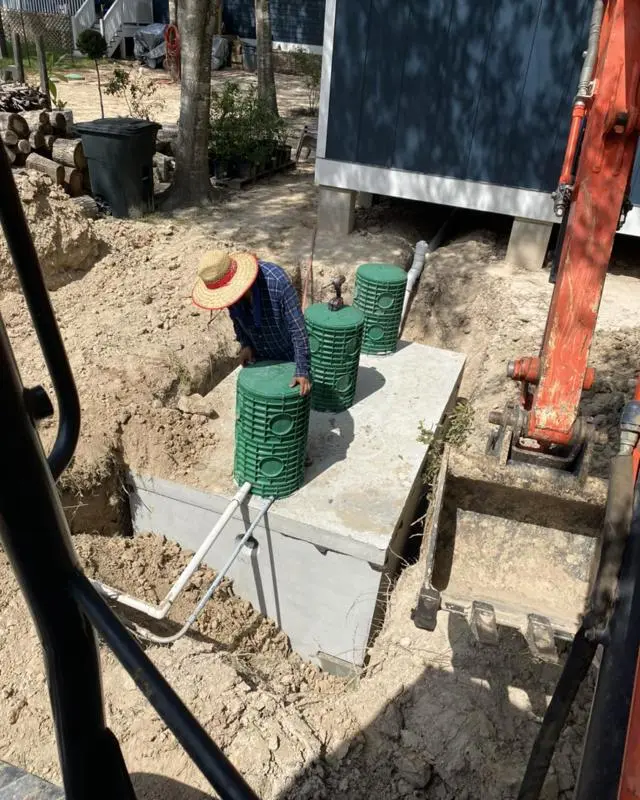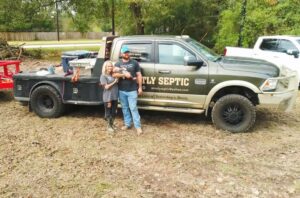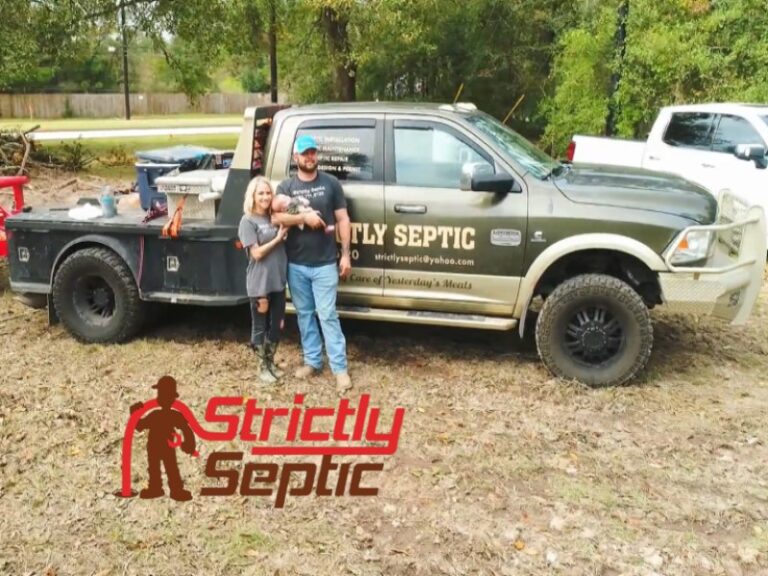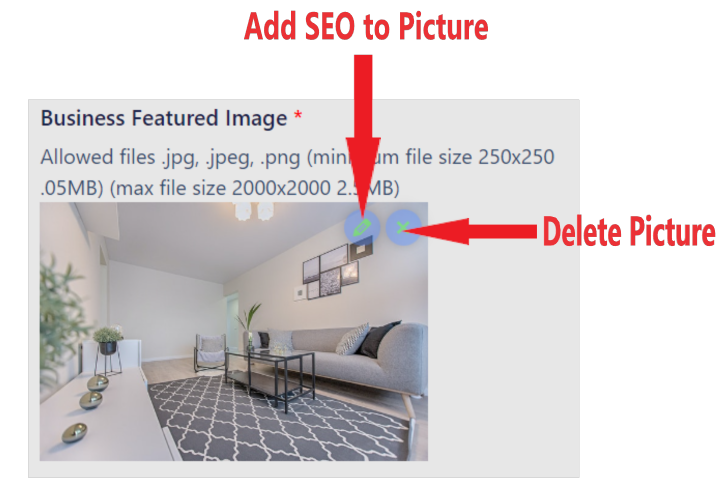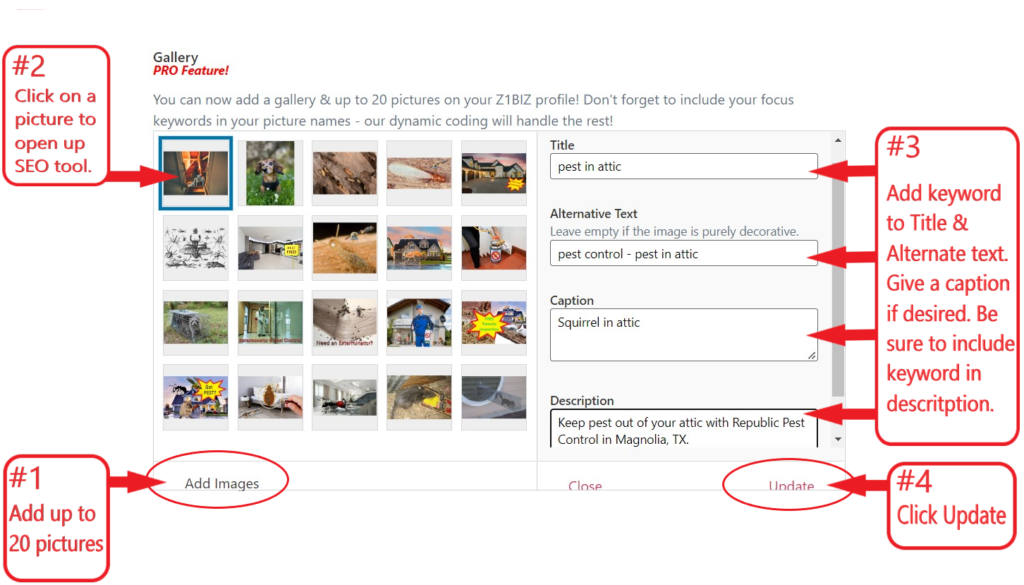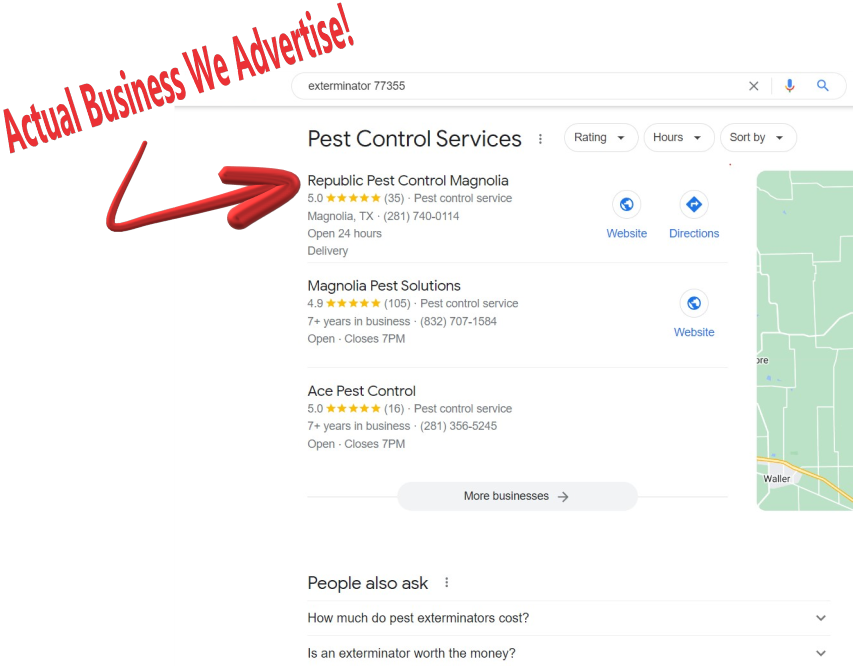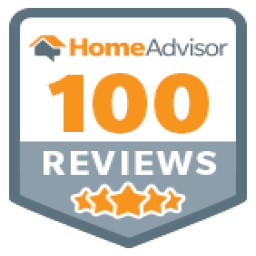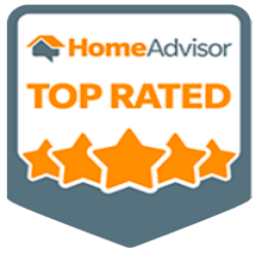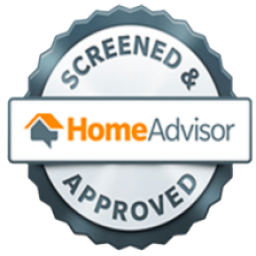When it comes to managing wastewater in rural and suburban homes, a properly installed septic system is essential. In areas without access to municipal sewer systems, your septic system plays a vital role in treating and disposing of household wastewater. Whether you’re building a new home or replacing an old system, understanding the installation process and the different types of systems available can help you make an informed decision. This guide is tailored for Texas homeowners, offering insights into the installation process, types of systems, costs, and maintenance tips.
What is a Septic System?
A septic system is an underground structure that treats wastewater from homes where there is no connection to a central sewer line. It’s made up of a septic tank and a drain field. The tank separates solids from the liquid waste, while the liquid is further treated and absorbed in the drain field.
Different properties require different types of septic systems based on factors like soil condition, property size, and groundwater levels. Choosing the right septic system and having it installed properly can ensure smooth operation for years to come, preventing costly repairs or environmental issues.
Types of Septic Systems Available in Texas
Choosing the right type of septic system for your property is critical, especially in regions like Texas, where soil and climate can greatly affect performance. Below are the most common systems used by homeowners in the Lone Star State.
- Conventional Septic Systems
Conventional systems are the most common and consist of a septic tank connected to a drain field. They are best suited for homes with ample land and soil depth, where the ground can naturally filter and absorb the treated wastewater.
Learn more about conventional septic systems. - Aerobic Septic Systems
If your property has poor soil conditions, an aerobic system may be the right choice. Aerobic systems use oxygen to help break down waste more efficiently than conventional systems. They require regular maintenance and electricity to function properly but can work in areas with shallow soil or high groundwater.
Discover the benefits of an aerobic septic system for your home. - Alternative Septic Systems
When conventional systems aren’t feasible, alternative systems offer a solution. These include systems like sand filters, constructed wetlands, and pressure distribution systems, designed for areas with difficult terrains, steep slopes, or sensitive environmental conditions.
Explore alternative septic systems to find the best fit for challenging landscapes. - Holding Tank Systems
In some cases, a holding tank system might be necessary. These systems store wastewater in a tank, which must be regularly pumped and emptied. They are ideal for temporary or seasonal properties or areas where other septic systems are not possible.
Read about the specifics of holding tank systems. - Mound Septic Systems
For properties with high water tables or shallow soil, a mound system might be the best option. These systems are built above ground to allow for adequate filtration of wastewater before it reaches the groundwater.
Learn how mound septic systems work for areas with shallow soil or other limitations.
The Septic System Installation Process
A successful septic system installation begins with careful planning and site evaluation. Here’s what you can expect during the process:
- Site Evaluation and Design
A professional installer will conduct a site evaluation to determine the right type of system for your property. This involves checking the soil type, groundwater levels, and the size of your lot to ensure the system complies with Texas regulations. - Permitting
Installing a septic system requires proper permits from local health departments or environmental agencies. Your installer will typically handle the permit application process, ensuring that all installations meet local health codes and environmental standards. - Excavation and Installation
After the permit is secured, the installation begins with excavating the site for the tank and drain field. The septic tank is placed underground, and the drain field is installed according to the type of system chosen. For instance, a mound system requires additional soil layers to create the necessary filtration, while aerobic systems may require electrical work for aeration components. - System Testing and Inspection
Before finalizing the installation, your septic system must pass an inspection by local authorities. This ensures the system functions as intended and complies with local regulations.
Key Considerations for Texas Homeowners
Texas has diverse landscapes, and its soil types can range from sandy loam to heavy clay. This diversity affects the choice of septic system for each property. In addition, Texas regulations mandate certain standards for septic system placement and maintenance to protect groundwater sources.
- Soil Testing: The soil on your property will be tested to determine its absorption capacity. This will influence whether you need a conventional system or a more advanced solution like a mound or aerobic system.
- Climate Factors: In Texas, particularly in areas prone to drought or heavy rains, the septic system’s design may need to account for extreme weather conditions to prevent failures.
Costs of Septic System Installation in Texas
The cost of installing a septic system varies widely based on several factors, including the type of system, soil conditions, and the size of your property. Here’s a general breakdown:
- Conventional Systems: Typically range from $3,000 to $7,000 depending on the complexity of the site.
- Aerobic Systems: These systems are more complex and can cost anywhere from $7,000 to $20,000 due to the need for electrical components and regular maintenance.
- Alternative and Mound Systems: These systems often start around $10,000 and can go higher based on site-specific requirements.
Other factors that may affect cost include the need for site preparation, additional permits, or specialized equipment.
Maintenance After Installation
Once your septic system is installed, regular maintenance is key to ensuring long-term performance. Here are some general tips:
- Routine Pumping: Septic tanks should be pumped every 3-5 years, depending on the size of the tank and the number of people in the household. Systems like conventional septic systems are low-maintenance but still require periodic pumping.
- Inspections: Have your system inspected at least annually to catch small issues before they turn into expensive repairs.
- Water Usage: Limit water usage to avoid overloading your septic system. Spreading out laundry and dishwashing throughout the week can help maintain a balanced flow to your system.
For holding tank systems, regular pumping is essential due to the limited capacity of the tank. Always schedule this maintenance in advance to avoid backups or overflows.
Conclusion: Choose the Right Septic System Installer in Texas
Septic system installation is a major investment that requires careful planning and professional expertise. By choosing the right system for your property and maintaining it regularly, you can ensure a long-lasting, efficient wastewater treatment solution. Whether you’re considering a conventional, aerobic, or alternative system, working with an experienced installer is key to avoiding future headaches.
For more information on septic system installation or to get started on your project, visit Septic Service Texas. A professional installer can guide you through the process from start to finish, ensuring your system is designed for optimal performance and compliance with Texas regulations.

